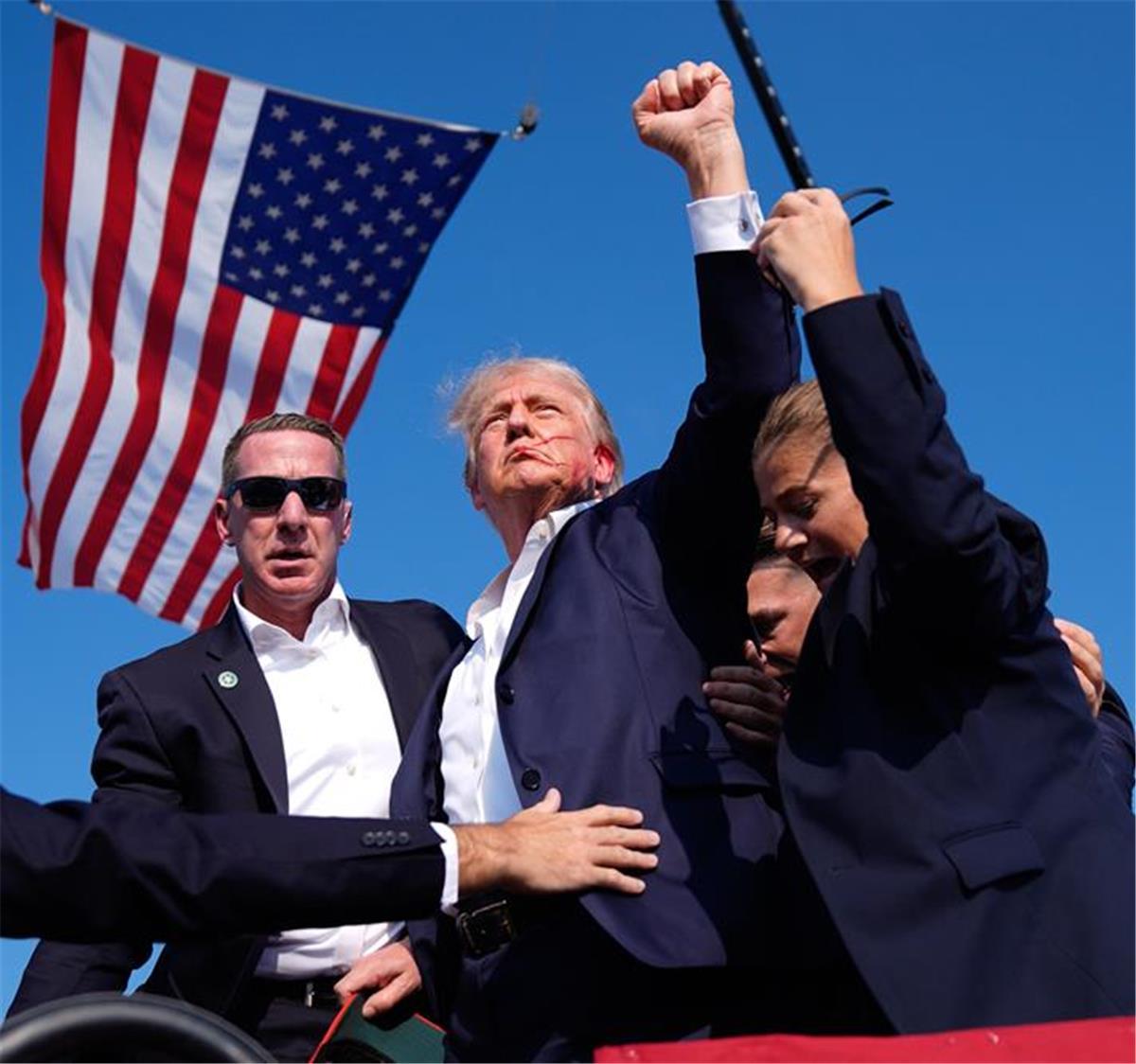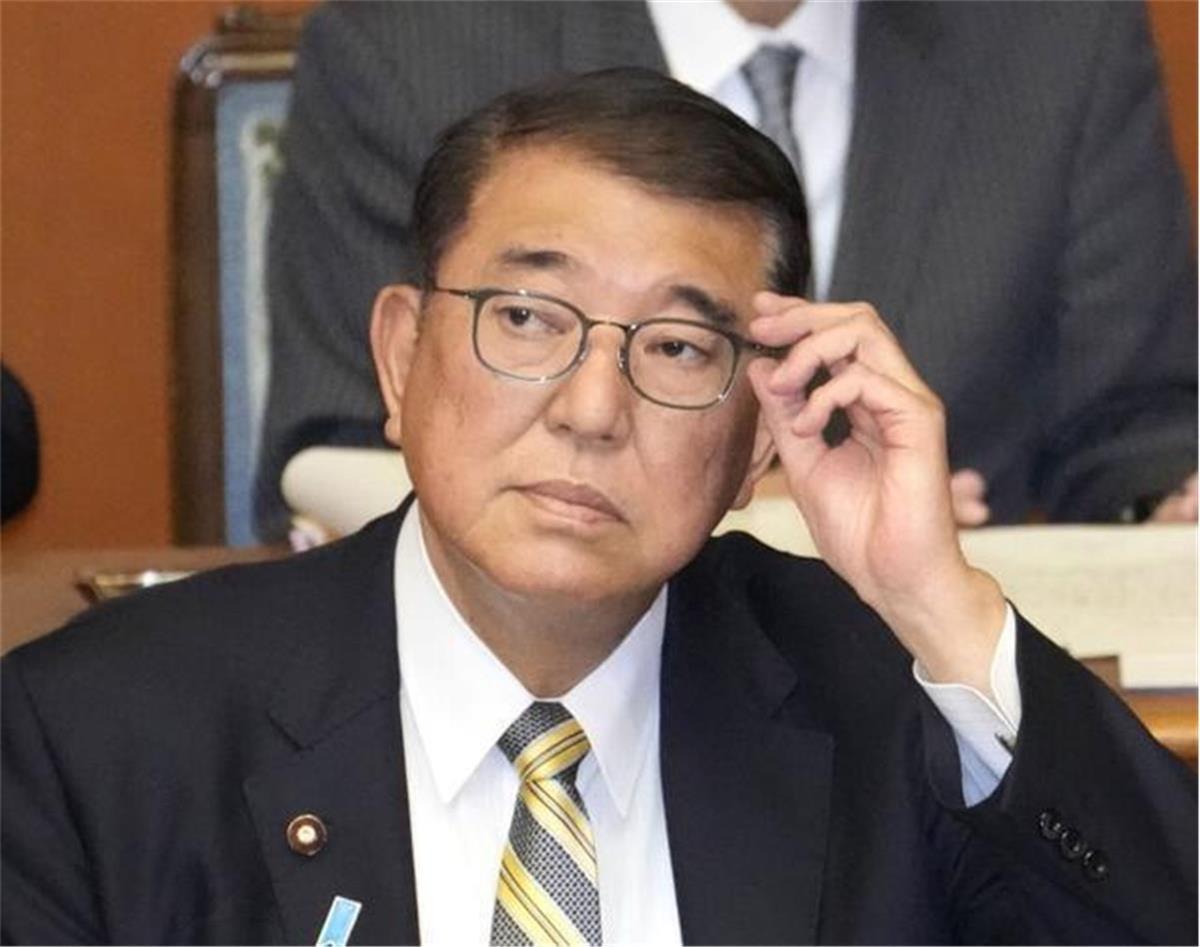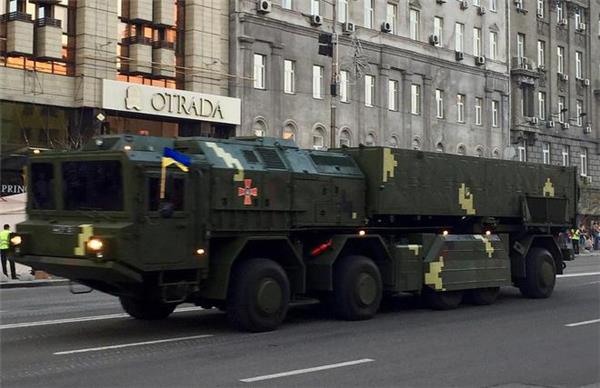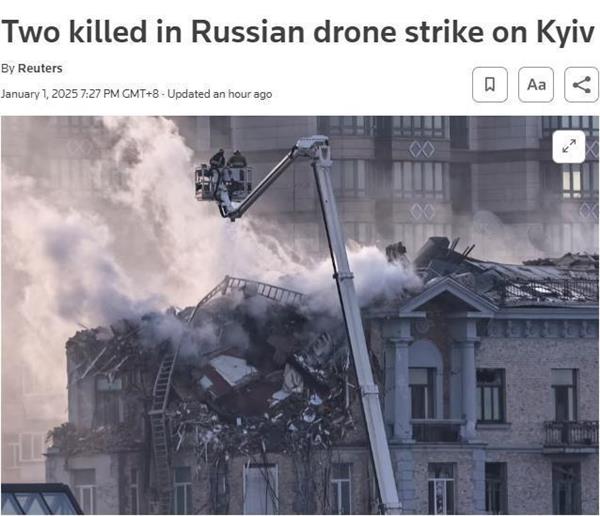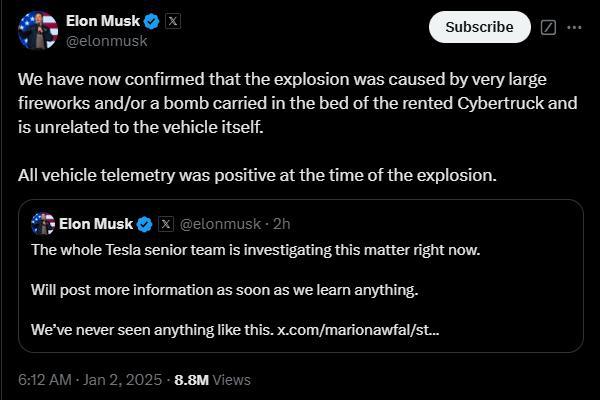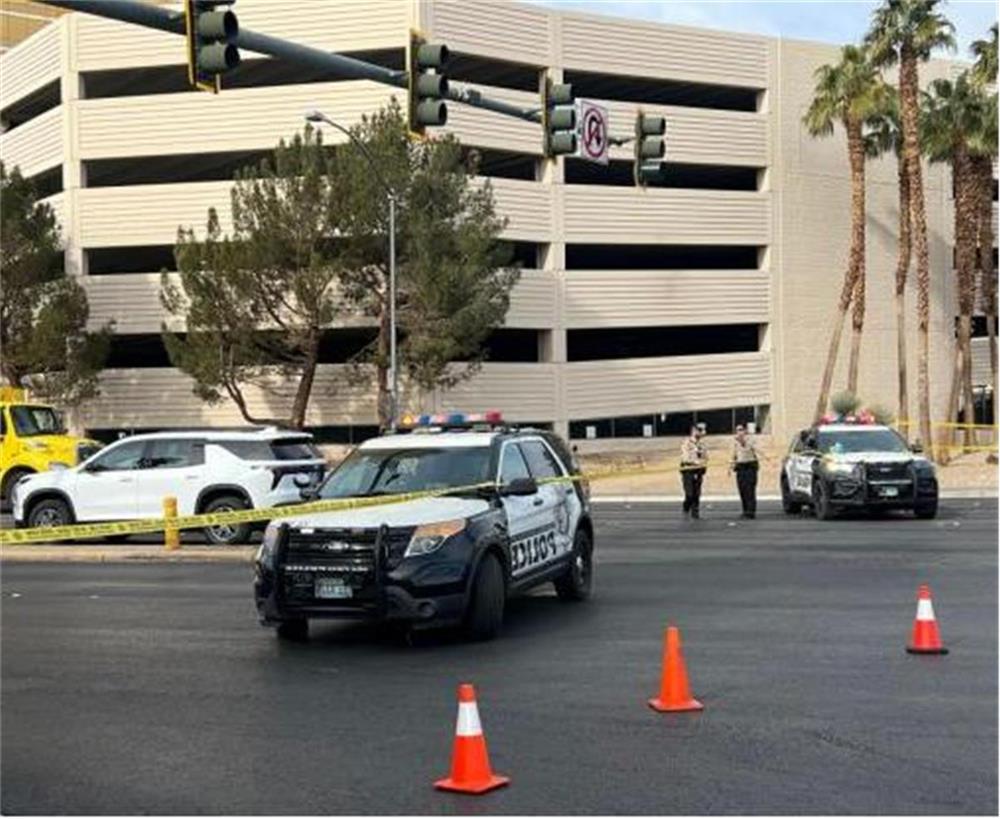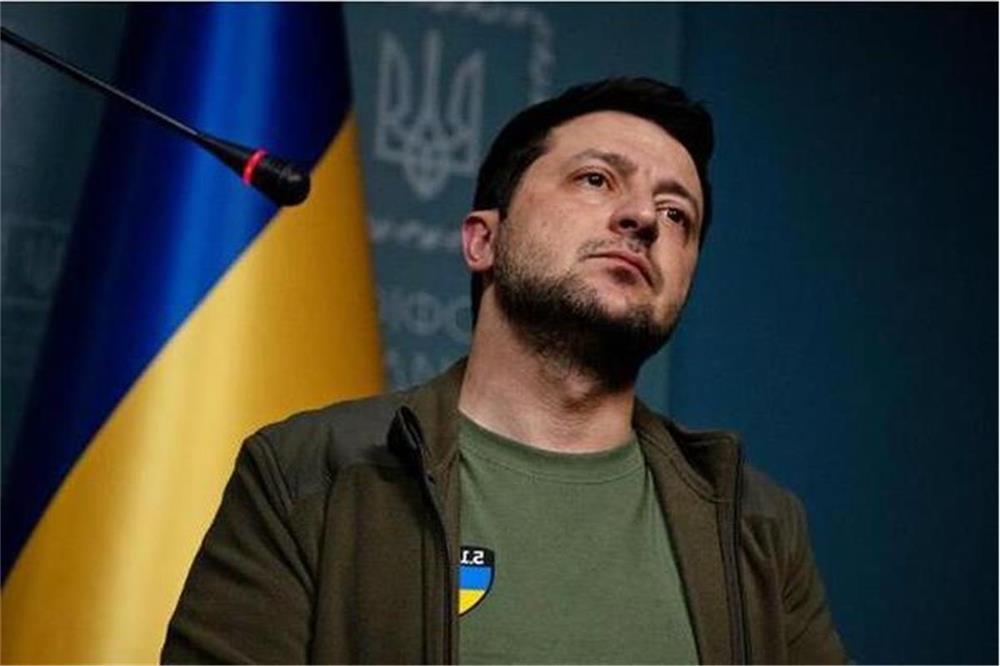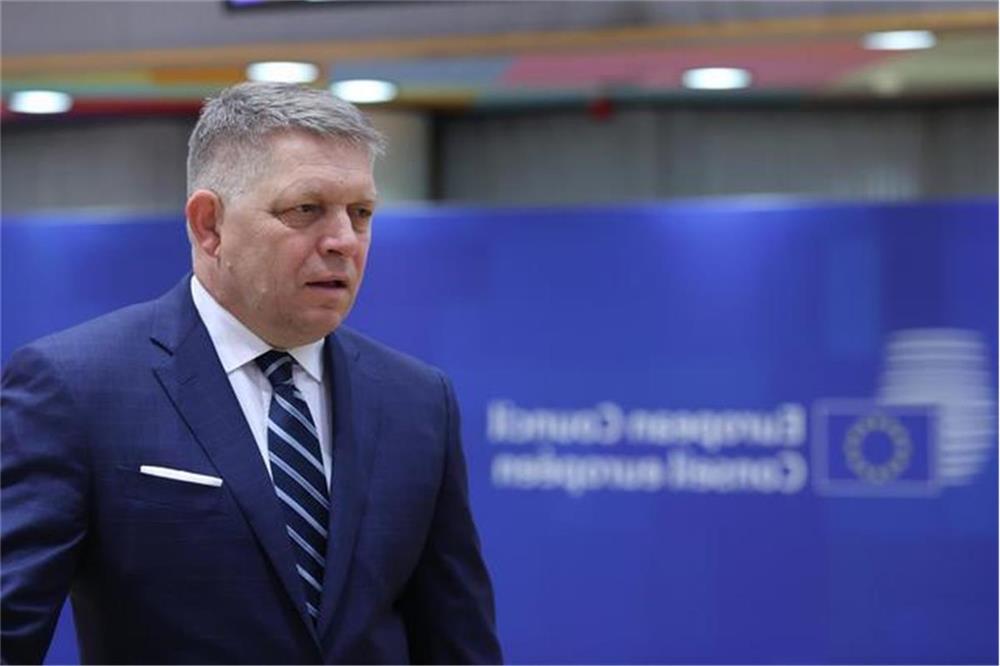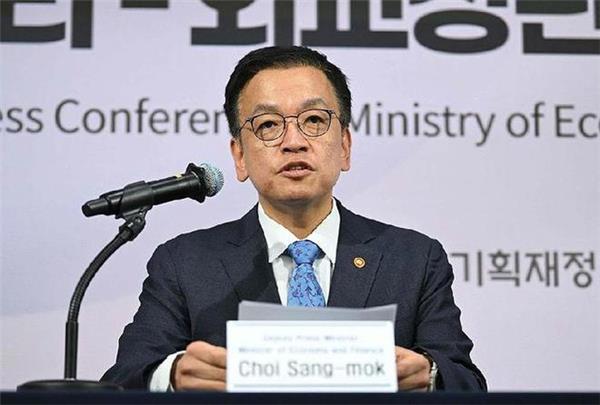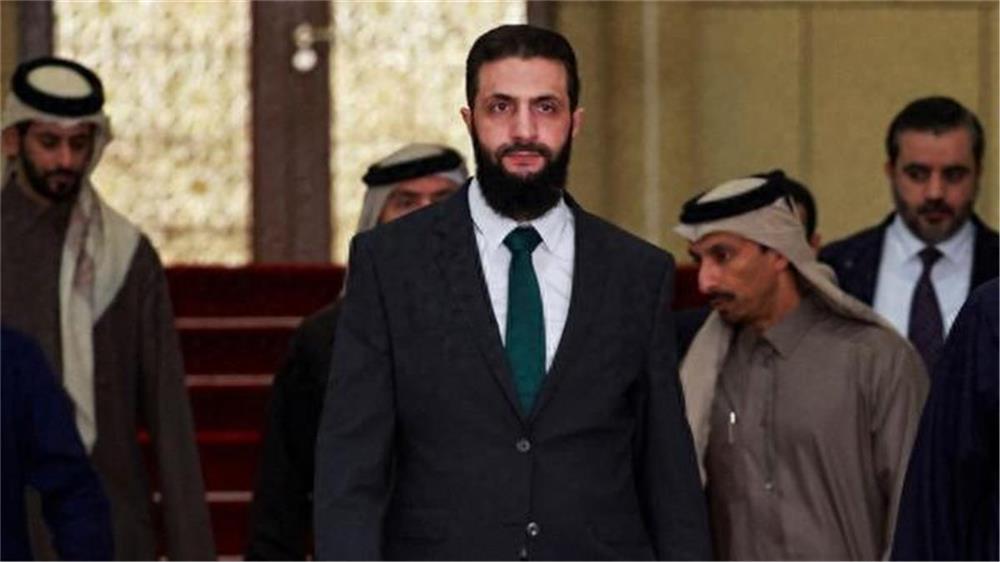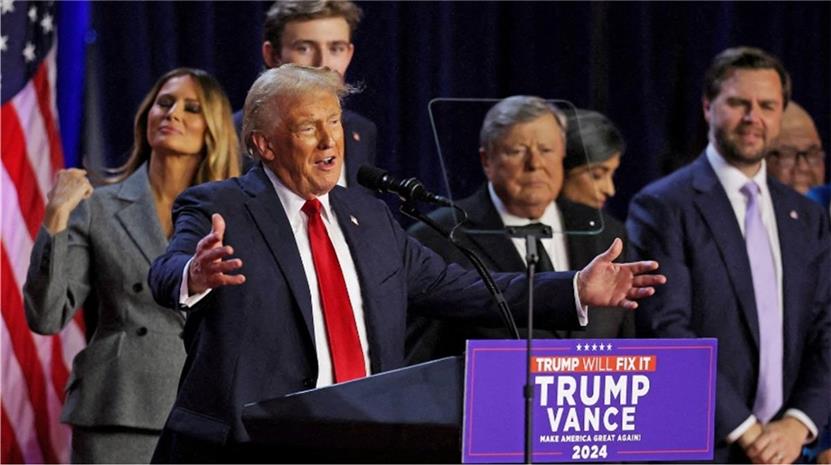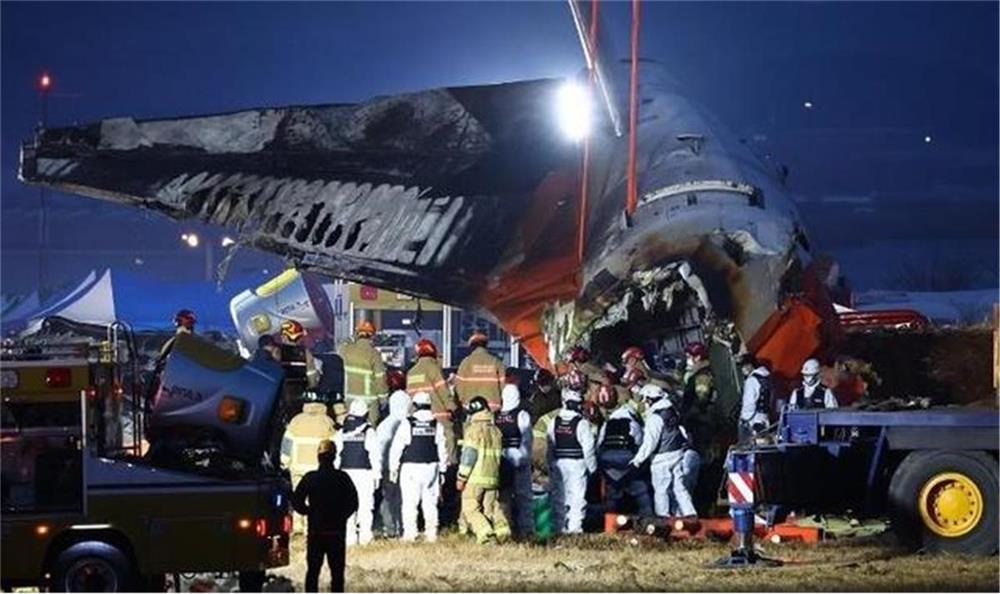JFK president to hospital after he was shot
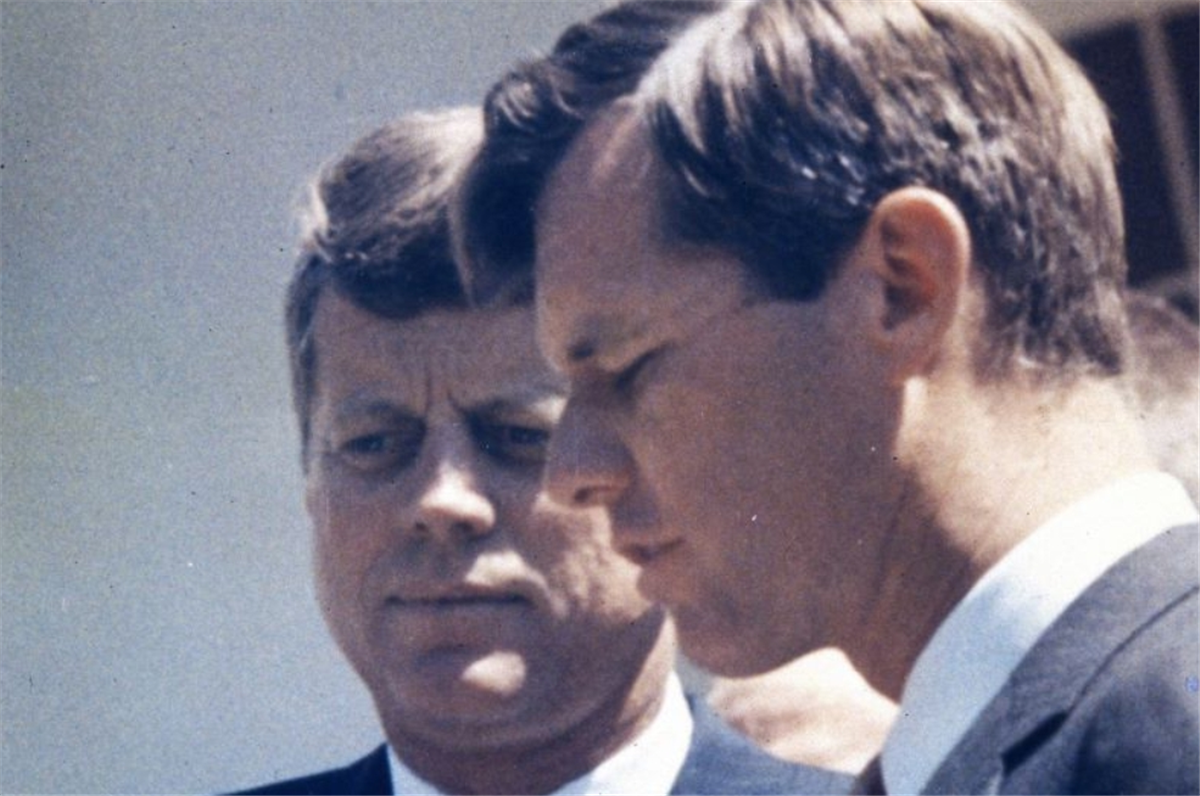
Experts say the discovery is not all that shocking, despite the more than 60 years since the assassination.
"These images, these films and these photographs, a lot of times they are still out there. They are still being discovered or re-discovered in attics and garages,″ said Stephen Fagin, curator at The Sixth Floor Museum at Dealey Plaza, which chronicles the assassination that occurred on Nov. 22, 1963.
RR Auction on Thursday is offering up a 4-minute reel of 8 mm home film in an auction in Boston on Sept. 28. It starts with 16 seconds of Dale Carpenter Sr. not quite making it around the corner to catch the president's limousine but catching other cars in the motorcade as it traveled down Lemmon Avenue toward downtown Dallas. The film then jumps ahead to after Kennedy had been shot, and Carpenter is rolling as the motorcade raced down Interstate 35.
"This is remarkable, in color, and you can feel the 80 mph,″ said Bobby Livingston, executive vice president of the auction house.
The footage from I-35 - which lasts about 10 seconds - shows Secret Service Agent Clint Hill, who famously jumped onto the back of the limousine as the shots rang out, standing precariously over the president and Jacqueline Kennedy, whose pink suit can be seen.
"I did not know that there were not any more shots coming," Hill said. "I had a vision that, yes, there probably were going to be more shots when I got up there as I did."
The shots fired as the motorcade passed through Dealey Plaza in front of the Texas School Book Depository, where it was later found that assassin Lee Harvey Oswald had positioned himself from a sniper's perch on the sixth floor. The assassination itself was famously captured on film by Abraham Zapruder.
After the shots, the motorcade turned onto I-35 and sped toward Parkland Memorial Hospital, where Kennedy would be pronounced dead. It was the same route the motorcade would have taken to deliver Kennedy to his next stop, a speech at the Trade Mart.
Carpenter's grandson, James Gates, said that though it was known in his family that his grandfather had film from that day, it wasn't often talked about. So Gates said he wasn't really sure what he and his grandfather - who died in 1991 when he was 77 - had captured when the film, stored along with other family films in a milk crate, was eventually passed on to him.
Projecting them onto his bedroom wall around 2010, he was at first underwhelmed by what he and his grandfather saw on Lemmon Avenue. Then, as the footage from I-35 started rolling, they were transfixed. "That was shocking,″ he said.
He was especially struck by Hill's precarious position on the back of the limousine.
Hill, who was 38 at the time of the assassination, soon after arriving at the hospital was on the phone with Attorney General Robert Kennedy, CBS Bay Area reported.
"Well, how bad is it?″ he said the attorney general asked.
Hill told the station that he didn't want to tell Robert Kennedy his brother was dead. "So I said, 'It's as bad as it can get,' and with that, he just hung up the phone."
Around the time that Hill's book, Mrs. Kennedy and Me," was published in 2012, Gates got in touch with Hill and his co-author, Lisa McCubbin, who became Lisa McCubbin Hill when she and Hill married in 2021.
McCubbin Hill said it was admirable that Gates was sensitive enough to want Hill to see the footage before he did anything else with it and that she and Hill invited Gates to meet with them in Connecticut for several days.
McCubbin Hill said that while she was familiar with Hill's description of being perched on the limousine as it sped down the interstate, "to see the footage of it actually happen ... just kind of makes your heart stop."
The auction house has released still photos of the film but is not publicly releasing the portion that shows the motorcade racing down the interstate.
Farris Rookstool III, a historian, documentary filmmaker and former FBI analyst who has seen the film, said it shows the rush to Parkland in a more complete way than other, more fragmented film he's seen. He said the footage "shows us a fresh look at the race to Parkland," and he hopes that after the auction, it will end up somewhere where it can be used by filmmakers.
Fagin said the assassination was such a shocking event that it's not surprising that people tended to want to hold onto material related to it, so there's always a chance new material will come out.
He said historians for years have wondered about a man who can be seen taking photos in one of the photos taken that day.
"For years we had no idea who that photographer was, where his camera was, where these images were,″ Fagin said.
Then, in 2002, Jay Skaggs walked into the museum with a shoebox under his arm. Skaggs was the photographer captured in that photo, and in that shoebox were 20 images from Dealey Plaza before and after the assassination, including what are considered the only known color photographs of the rifle that was used being removed from the Texas School Book Depository building, Fagin said.
"He just handed that box to us," Fagin said.
In December, the National Archives and Records Administration released a trove of 13,173 documents related to JFK's assassination, shortly after U.S. President Joe Biden issued an executive order authorizing their disclosure while keeping thousands of other sensitive records under wraps.
At the time, the NARA said that 97% of the approximately 5 million pages in its collection related to the assassination have been released to the public. But some experts said the government continued to redact or withhold important information that might cast the Central Intelligence Agency or other agencies in an unflattering light.
 Famous Persons
Famous Persons English
English
 Jerry
Jerry Facebook
Facebook Twitter
Twitter Pinterest
Pinterest Linkin
Linkin Email
Email Copy Link
Copy Link